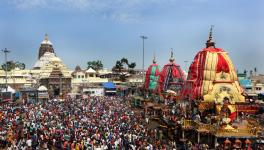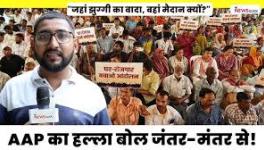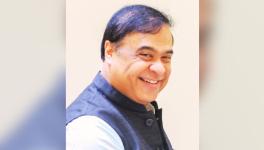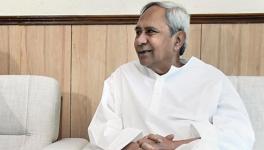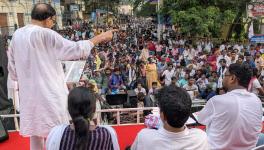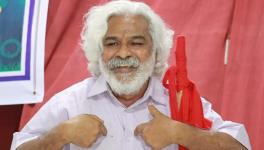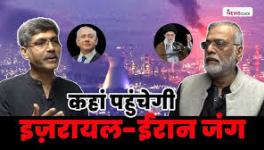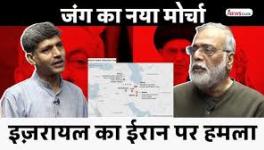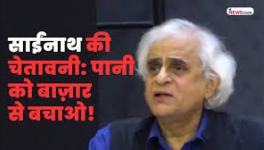BJP’s Yedyurappa Is Chief Minister, But What Awaits The Karnataka Vidhana Soudha?
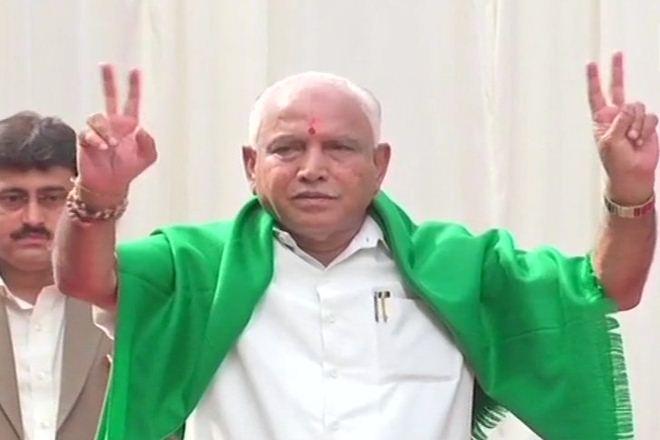
Image Courtesy: The Financial Express
BS Yeddyurappa of the Bharatiya Janata Party (BJP) took oath as Chief Minister of Karnataka on 17 May 2018. The BJP bagged 104 seats in the 224-seat assembly, and stood as ‘the single largest party’. Yet the party did not cross the halfway mark, it did not touch the ‘magic figure’ of 112 (of the 224 seats, voting has been postponed for two seats). The Congress with 78 seats and the Janata Dal (Secular), the JDS, with 38 seats decided on a post-poll coalition just before the declaration of the final results, taking their combined seats to 116. But instead the BJP has been given 15 days to prove its majority.
This result of the election does not come as a surprise. The BJP attempted to communally polarise the state before the elections. Their Parivarthana rally and its election campaign focussed on provoking communal sentiments in the state and had hoped to establish the government with a full majority. As the senior journalist Urmilesh had noted while speaking to Newsclick, this dream of the saffron party has been shattered and it is thus clear that the BJP was not successful in convincing the voters. According to Urmilesh, Karnataka was a difficult terrain and it is not surprising that the plan of communal polarisation did not work for the BJP.
This anyhow has become the centre of hot debates in both the local Kannada media and the national media. The BJP and some sections of the media are arguing that the BJP is indeed the people’s choice. Nevertheless, the party has not won absolute majority and has failed to meet the minimum requirement to form the government. And so the Congress and the JDS came together to form the government.
The Constitution of India guarantees certain discretionary powers to the Governor. The appointment of Chief Minister is one of those powers. Vajubhai Vala, the current governor of Karnataka, used this power to invite the BJP and Yeddyurappa to form the government on the 16 May 2018.
This decision of the governor has been challenged by the coalition of the Congress and the JDS in the Supreme Court of India. However, BS Yeddyurappa has already been sworn in as Chief Minister. It is for the third time that he took oath as the CM.
The post-poll coalition of the Congress and the JDS is protesting against this. The argument being put forward is that since the BJP does not have a majority, governor Vajubhai Vala’s decision to invite the BJP to form the government is unconstitutional.
Is the decision unconstitutional?
Karnataka governor Vajubhai Vala has become the centre of attention because of the protocol set by the landmark judgment of the Supreme Court in 1994, in the case of S R Bommai vs. Union of India. This 1994 judgment acts as the guideline for the governor in facilitating the formation of the state government. According to the protocol, Vajubhai Vala could have called either the Congress-JDS coalition to form the government or the BJP to form the government while asking the party to prove its majority.
According to the Sarkaria Commission Report 1988, the governor of the state can either invite a single party or a pre-poll alliance of parties with a clear majority. The report said: “The party or combination of parties which commands the widest support in the Legislative Assembly should be called upon to form the government.” However, it is not the case in Karnataka, where none of the parties have a clear majority. The report also has a few guidelines for the governor to follow in such circumstances, about “the largest single party staking a claim to form the government with the support of others, including independents”. Hence, one could argue that the governor’s move is constitutional.
The report also says the governor can invite for government formation either “a post-electoral coalition of parties, with all the partners in the coalition joining the government” or “a post-electoral alliance of parties, with some of the parties in the alliance forming a Government and the remaining parties, including independents supporting the government from outside.”
The current scenario in Karnataka is unique. None of the parties, including the ‘single largest party’ BJP that has formed the government, have clear majority. However, as said earlier, the Congress and JDS post-electoral alliance has the majority but were not invited by the governor to form the government. Following the governor’s discretion in similar situations in Goa and Manipur in 2017 and Meghalaya in 2018, Vajubhai Vala’s decision — to invite the BJP to form the government and give it 15 days for proving the majority — has given rise to many suspicions. It is against this backdrop that the Congress-JDS have approached the Supreme Court.
Given the pre-poll campaigns of the Congress and the JDS, both of which campaigned as rival parties, the coalition does come as a surprise. But the parties have stated that this coalition is aimed at preventing the communal BJP from forming the government. This development after the declaration of results has clearly shown the desire of the BJP to pull Karnataka as their 21st state, and thus their desperation to form the government in the state.
The BJP is said to have started fishing for the required 8 elected representatives from the Congress and the JDS. HD Kumarswamy, the chief ministerial face of the JDS, while addressing the media on 17 May, confirmed that the BJP has approached many leaders from the JDS, but he denied all rumours about the possibility of the party’s coalition with the BJP.
A news report spoke of Kumaraswamy accusing the BJP of offering Rs 100 crore and cabinet posts to some JDS MLAs on 17 May to lure them. The BJP has started its ‘Operation Flower’, with a committee of three state leaders and one of the national leaders of the BJP. According to Public TV, the BJP high command has formed 4 teams for ‘Operation Flower’ led by BS Yeddyurappa, B Sriramulu, CP Yogeshwar and Union Minister JP Nadda. The ‘operation’ is meant to extract the eight MLAs from the other parties and embed them into the BJP fold.
While JDS and Congress leaders were protesting in front of the Vidhana Soudha (state assembly), Yeddyurappa was being sworn in as CM inside. Yeddyurappa seems confident, both about proving his party’s majority in less than 15 days and — as he said in his first press conference as CM — about the new BJP government completing its full term of 5 years.
Get the latest reports & analysis with people's perspective on Protests, movements & deep analytical videos, discussions of the current affairs in your Telegram app. Subscribe to NewsClick's Telegram channel & get Real-Time updates on stories, as they get published on our website.










